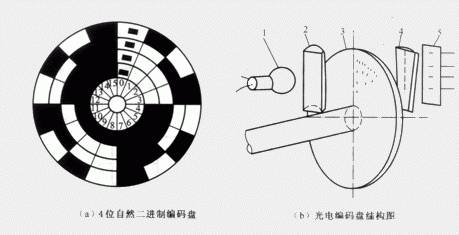Binary Encoder Characteristics and Principles
A binary encoder is made by applying a carbon film to a horseshoe-shaped sheet of paper and plastic. Absolute encoder manufacturers determine the code by the mechanical position, it does not need to memorize, no need to find a reference point, and do not have to count all the time, when you need to know the position, when to read its position. In this way, the anti-interference characteristics of the encoder, the reliability of the data is greatly improved. The relationship between its resistance change and the position of the intermediate contact is linear, logarithmic and exponential. There are several kinds of binary encoders, including large, small and miniature ones, and some of them are used together with switches to form absolute value encoders with switches. Today we will introduce you to the principle of binary encoders, the characteristics of binary encoders, and the areas of application of binary encoders. Binary Encoder Principle The binary encoder has the same three pins as a normal absolute encoder, but inside the encoder there are two metal static tabs of different lengths connected to two of the pins, and a one-week metal moving tab with teeth connected to the third pin....






 Su Gong Network Security No. 32058302003763
Su Gong Network Security No. 32058302003763

